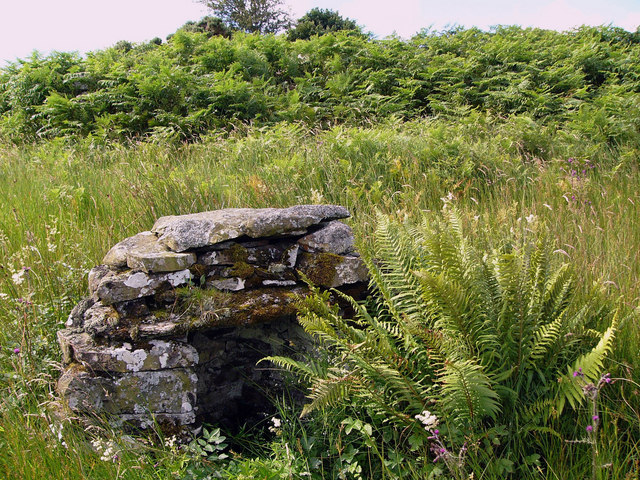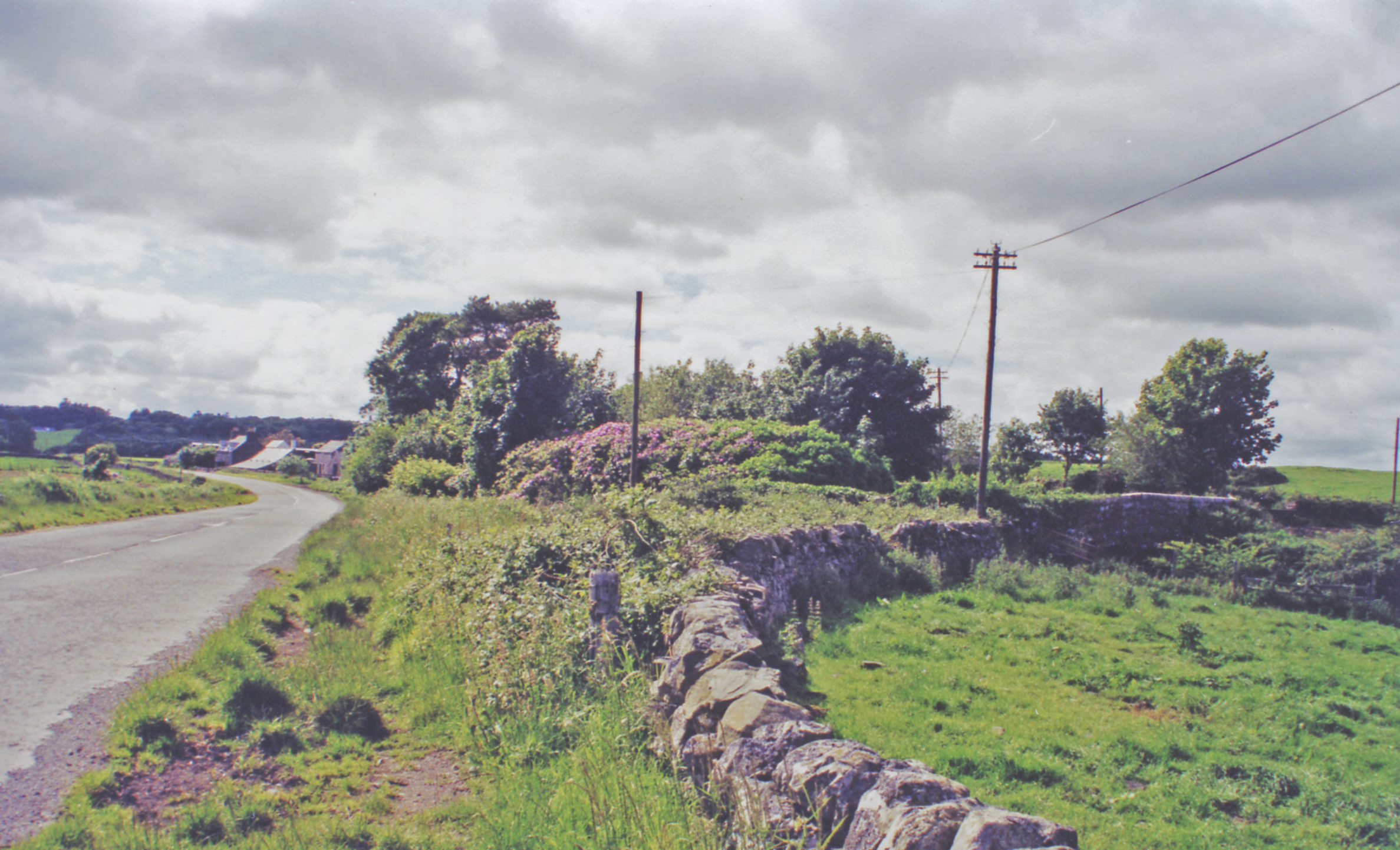Blairderry Hill
Hill, Mountain in Wigtownshire
Scotland
Blairderry Hill

Blairderry Hill is a prominent geographical feature located in the region of Wigtownshire, Scotland. Rising to an elevation of approximately 345 meters (1,132 feet), this hill is part of the Southern Uplands range. It is situated about 6 kilometers (3.7 miles) northeast of the town of Newton Stewart.
The hill is characterized by its gradual slopes and is covered with lush green vegetation, including heather, grass, and scattered trees. Its summit offers panoramic views of the surrounding countryside, including the rolling hills and valleys of Wigtownshire. On a clear day, it is possible to see as far as the Irish Sea and the Galloway Forest Park.
Blairderry Hill is a popular destination for hikers and outdoor enthusiasts, who can explore the various trails that crisscross its terrain. The ascent to the summit is relatively gentle, making it accessible to individuals with varying levels of fitness and experience. Along the way, walkers might encounter an array of wildlife, such as birds, rabbits, and deer.
The hill is also of historical significance, with archaeological evidence suggesting human activity in the area dating back thousands of years. Ancient settlements and burial sites have been discovered in the vicinity, shedding light on the region's past inhabitants.
In summary, Blairderry Hill in Wigtownshire is a picturesque and accessible hill that offers stunning views of the surrounding landscape. With its tranquil atmosphere and rich history, it provides a perfect opportunity for outdoor exploration and appreciation of Scotland's natural beauty.
If you have any feedback on the listing, please let us know in the comments section below.
Blairderry Hill Images
Images are sourced within 2km of 54.914301/-4.7083272 or Grid Reference NX2661. Thanks to Geograph Open Source API. All images are credited.

Blairderry Hill is located at Grid Ref: NX2661 (Lat: 54.914301, Lng: -4.7083272)
Unitary Authority: Dumfries and Galloway
Police Authority: Dumfries and Galloway
What 3 Words
///tissue.galaxies.lengthen. Near Newton Stewart, Dumfries & Galloway
Nearby Locations
Related Wikis
Barhapple Loch
Barhapple Loch is a small semicircular freshwater loch located in Wigtownshire, Dumfries and Galloway in Scotland. Barhapple Loch is principally known...
Tarf Water, Wigtownshire
The Tarf Water is a river in the former county of Wigtownshire in south-west Scotland. It rises on the Ayrshire border (55.0048°N 4.7815°W / 55.0048;...
Kirkcowan railway station
Kirkcowan railway station served the village of Kirkcowan, Dumfries and Galloway, Scotland from 1861 to 1965 on the Portpatrick and Wigtownshire Joint...
Kirkcowan
Kirkcowan is an area about 15 miles in length, and from nearly two to nearly seven miles in breadth, comprising 30,580 acres, of which 7000 are arable...
Nearby Amenities
Located within 500m of 54.914301,-4.7083272Have you been to Blairderry Hill?
Leave your review of Blairderry Hill below (or comments, questions and feedback).



















